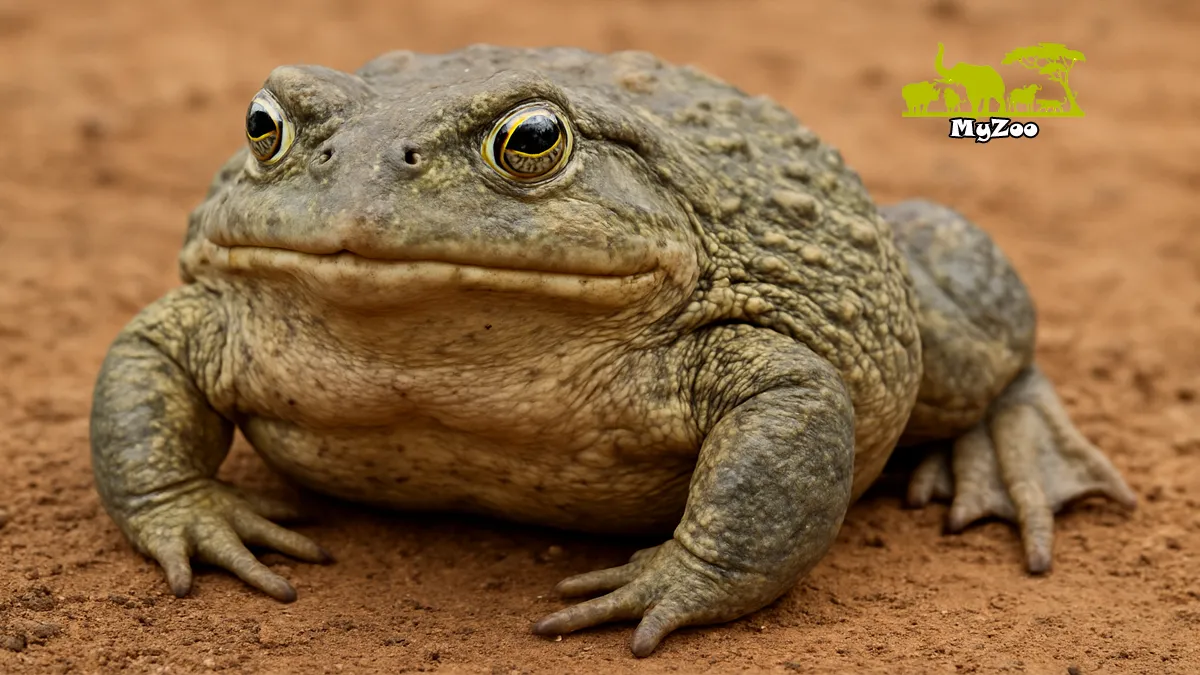
7 Surprising Facts About the African Pixie Frog That Will Blow Your Mind
When you hear the name African Pixie Frog, you might imagine a tiny, delicate amphibian. But here’s the twist — the African Pixie Frog, also known as the frog, is one of the largest frogs in the world! Despite its cute name, this frog is a true giant with a personality just as fascinating as its size.
If you’ve ever been curious about unique pets, exotic wildlife, or simply love learning about quirky creatures, the African Pixie Frog is going to surprise you in more ways than one. From their unusual teeth to their unexpected behavior, these frogs are full of astonishing traits that make them both challenging and rewarding to care for.
In this article, we’ll dive into 7 surprising facts about the African Pixie Frog that will truly blow your mind — and by the end, you’ll see why so many reptile and amphibian enthusiasts are fascinated with these incredible creatures.
1. The African Pixie Frog Is a Gentle Giant… But Can Be Aggressive
One of the most surprising things about the African Frog is its size. Males can grow up to 10 inches in length and weigh more than 2 pounds — making them second only to the Goliath frog in size. Despite their bulky appearance, these frogs are often called gentle giants because they spend most of their time burrowed and inactive.
But don’t let that calm demeanor fool you. When threatened or hungry, pixie frogs can show aggression. They use their powerful legs to leap at prey (or even at your hand if they mistake it for food). Many keepers describe them as having two personalities — peaceful when left alone, but feisty when disturbed.
👉 Fun fact: Pixie frogs were named after their scientific name, Pyxicephalus adspersus, not because they’re small or fairy-like.
2. Pixie Frog Teeth Are Surprisingly Sharp
Yes, you read that right — pixie frog teeth exist, and they’re sharper than most people expect from a frog! Unlike many amphibians that rely on sticky tongues alone, the African Pixie Frog has two lower jaw teeth-like projections that help them grab and hold onto their prey.
This adaptation is vital because their diet consists of larger prey items, including:
- Insects
- Small rodents
- Birds
- Other frogs
For pet owners, this means handling must be done with caution. Their bite isn’t venomous, but it can be quite painful thanks to those sharp little teeth.
👉 Tip for new keepers: Never hand-feed your pixie frog. Always use feeding tongs to avoid accidental bites.
3. African Pixie Frog Care Requires Patience and Space
If you’re considering one as a pet, it’s important to know that pixie frog care isn’t as simple as keeping a small tree frog. These frogs need:
- A large enclosure (at least 20–40 gallons for an adult male)
- Deep substrate for burrowing (coconut fiber or soil mix works best)
- Consistent humidity (50–80%) to mimic their natural African savannah habitat
- Proper diet — including gut-loaded insects, small fish, and occasionally pinky mice
Many new owners underestimate just how big these frogs get and how messy they can be. A strong filtration system is crucial if you’re keeping them in a semi-aquatic setup.
👉 Supportive note: Don’t be discouraged if caring for a pixie frog feels overwhelming at first. With the right setup and patience, they can be fascinating, long-lived pets (up to 20 years in captivity!).
4. They Can Hibernate for Months During Droughts
In the wild, the African Pixie Frog lives in regions of southern Africa where the climate swings between wet and dry seasons. During the dry season, these frogs go into a state called estivation — a type of hibernation.
They burrow deep underground and secrete a mucous cocoon around their bodies to retain moisture. Amazingly, they can survive like this for months until the rains return. Once the first drops of rain hit, they emerge, hungry and ready to feast.
This survival strategy makes them remarkably resilient and explains why they thrive in tough conditions.
👉 Mind-blowing fact: Some reports say pixie frogs can lose up to 60% of their body water while estivating, yet bounce back quickly when hydrated again.
5. They Are Fierce and Devoted Parents
Unlike many frog species that abandon their eggs immediately after laying, the African Pixie Frog shows surprising parental care.
Male pixie frogs guard the eggs and tadpoles in shallow water pools. If the water level drops, they use their powerful legs to dig channels, guiding the tadpoles to deeper areas. This is an extraordinary display of dedication in amphibians, who are often thought of as neglectful parents.
👉 Real-life example: Wildlife documentaries have captured male pixie frogs fighting off predators like birds and snakes to protect their young. That’s some serious dad power!
6. They Have a Massive Appetite (and Will Eat Almost Anything)
If you’ve ever seen a pixie frog eating, you know just how intense their appetite can be. They are opportunistic carnivores and will devour almost anything that fits in their mouth.
Their diet can include:
- Crickets and mealworms
- Small fish
- Birds
- Mice and even small rats
- Other frogs (sometimes even their own kind!)
This voracious appetite is part of why they grow so large. But it’s also why owners need to be careful — overfeeding can lead to obesity, which shortens their lifespan.
👉 Helpful care tip: Feed juveniles daily, but adults only 2–3 times a week to keep them healthy.
7. The African Pixie Frog Can Live Over 20 Years
Perhaps the most surprising fact of all: with the right pixie frog care, these frogs can live up to 20 years or more in captivity. That’s a huge commitment for any pet owner!
Their long lifespan means they’re not a short-term hobby. Instead, they become part of your life for decades, much like a dog or cat.
👉 Consideration for future owners: Before adopting one, ask yourself — can I provide the space, care, and attention this frog will need for the next 15–20 years?
📊 Quick Comparison Table: African Pixie Frog At a Glance
| Feature | Details |
|---|---|
| Scientific Name | Pyxicephalus adspersus |
| Common Name | African Pixie Frog / Pixie Frog |
| Average Size | Males up to 10 inches, 2+ pounds |
| Lifespan | 15–20 years (in captivity) |
| Diet | Carnivorous – insects, rodents, birds |
| Special Feature | Sharp teeth-like projections, burrows |
| Unique Behavior | Male parental care, estivates in drought |
Conclusion
The African Pixie Frog is truly one of nature’s most fascinating creatures. From their massive size and sharp teeth to their parental devotion and survival skills, these frogs are full of surprises.
If you’re considering keeping one as a pet, remember that pixie frog care requires space, patience, and commitment. But for those who are ready, they offer an incredible window into the wild world of amphibians — and a long-lasting bond with one of the most extraordinary frogs on Earth.
So the next time you hear the name “pixie frog,” don’t picture something tiny and delicate. Instead, think of the giant, resilient, and fascinating African Pixie Frog — a creature that truly defies expectations.

